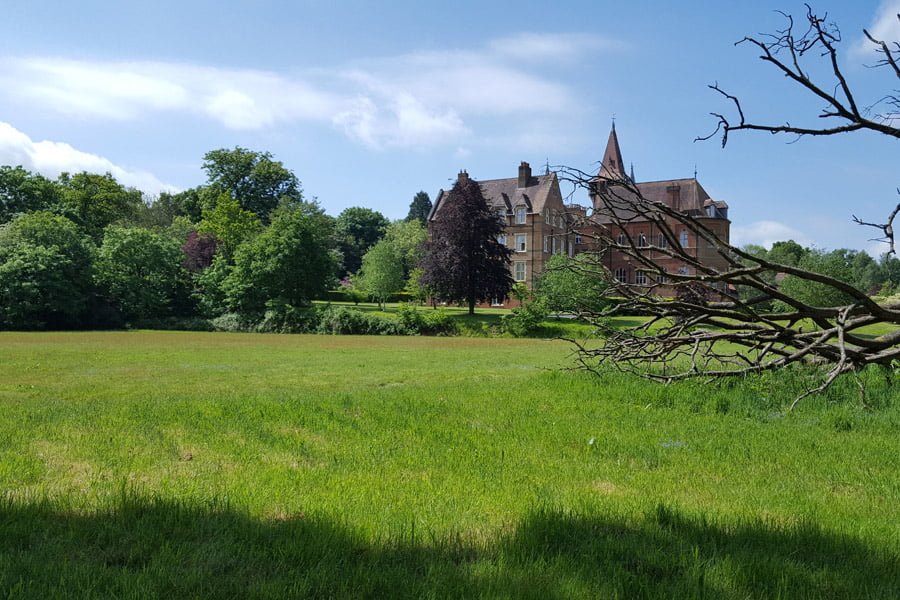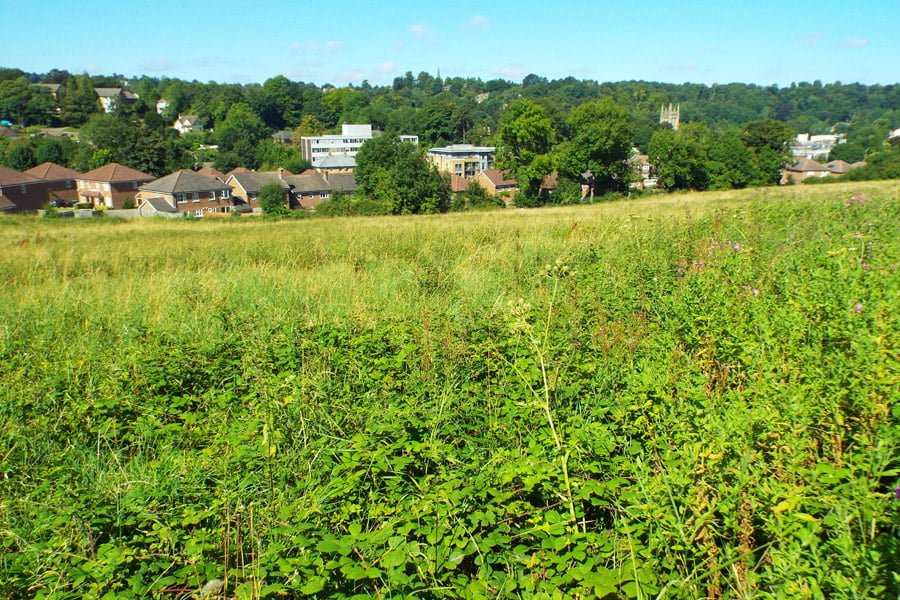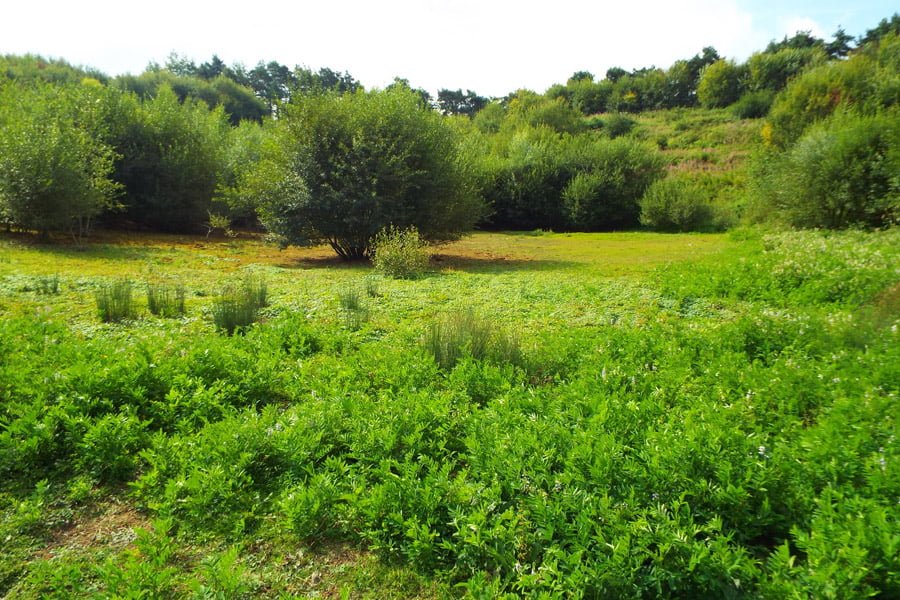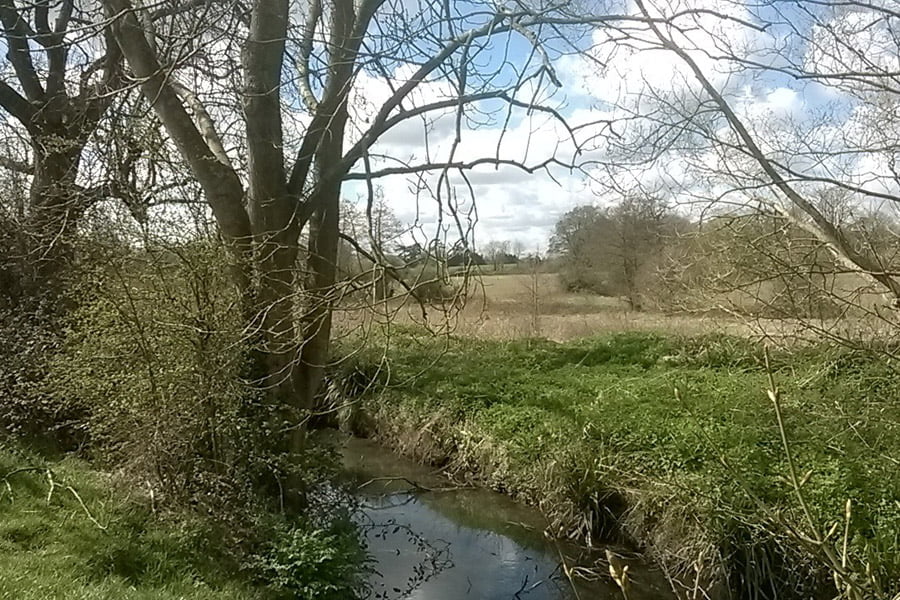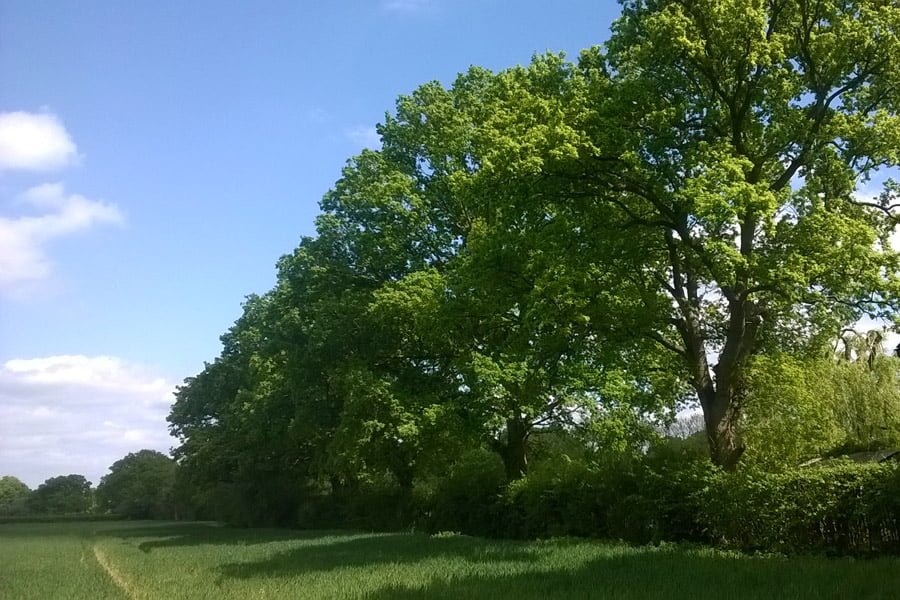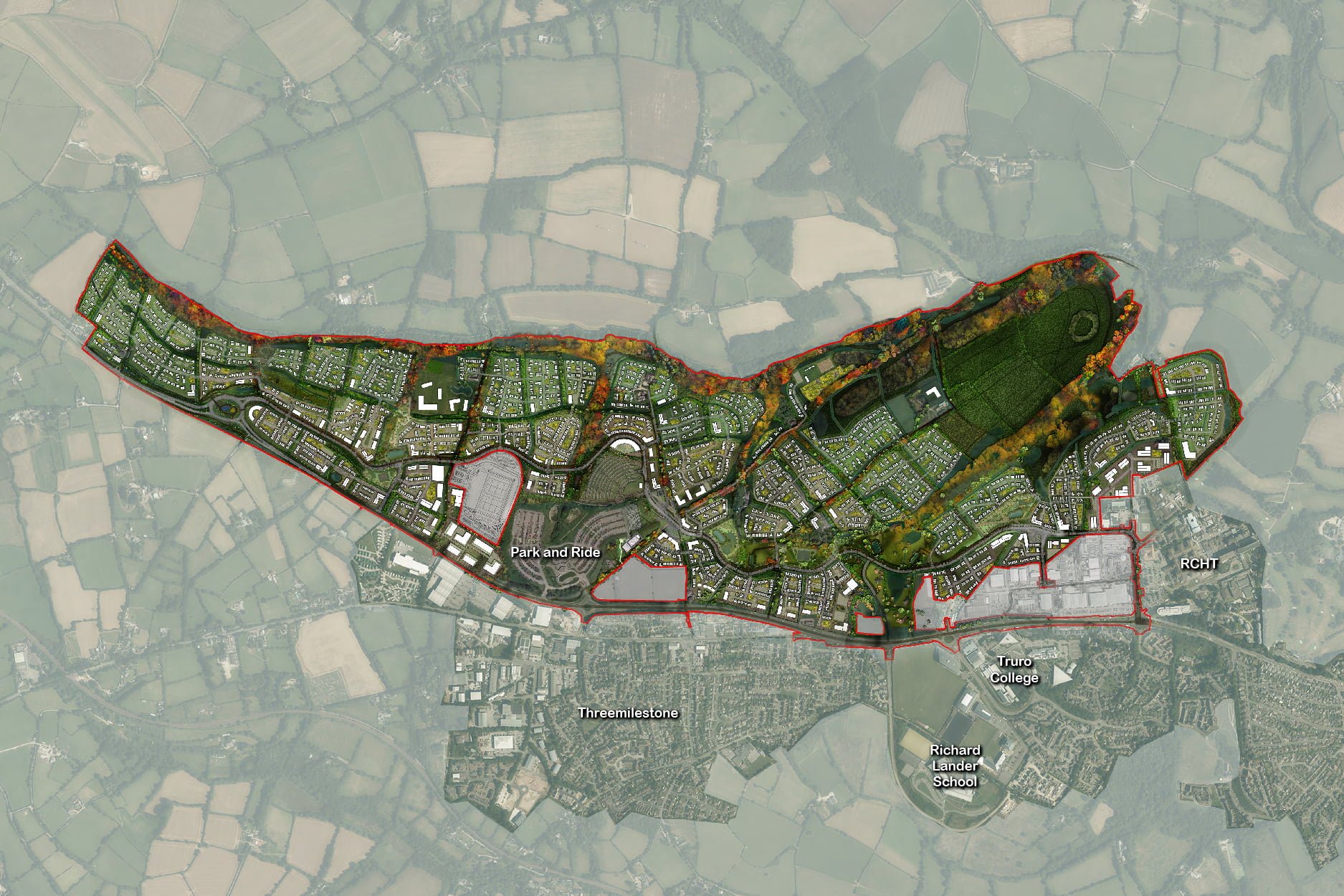Tandridge District in Surrey consists of substantial areas of high quality countryside, including wooded ridges and distinctive arable plains. Lingfield Racecourse is one of the best-known visitor destinations. There are 8 Sites of Special Scientific Interest and 2 Areas of Outstanding Natural Beauty. 94% of the District is Greenbelt.
Tandridge District Council is drawing up its Local Plan which seeks to respond to a need for 9,400 new homes, gypsy and traveller accommodation provision and new employment space, up to 2033.
TEP carried out preliminary ecological assessments of over 180 sites which are being considered through the plan making process for their development potential. These ranged from small infill sites within the settlements such as Oxted and Caterham, through to large greenfield sites around the smaller settlements of Godstone, Blindley Heath and Smallfield.
TEP also carried out detailed grassland surveys of 13 sites to determine whether they supported species-rich calcareous or neutral grassland.
TEP collected desktop information about designated sites, protected species and priority habitats on and around the sites.
The ecological survey information was used to advise Tandridge District Council about allocating sites in accordance with National Planning Policy Framework (NPPF) direction that development should be steered to sites of least environmental interest where possible; and that ecological networks should be protected and enhanced.
TEP provided the Council with:
- Maps illustrating different habitats on each site;
- Maps of the ecological networks on and around each site, including core nature areas, “stepping-stone” corridors and landscape corridors;
- Maps of designated sites and protected species on and around each site;
- Analysis of the ecological suitability of each site for development;
- Comments on mitigation and green infrastructure opportunities that could be incorporated into the design of new development.
The method was underpinned by a rigorous and consistent approach to identifying and mapping s41 habitats and ecological networks; then using this as the basis for categorising sites in respect of ecological suitability for development.
TEP’s work forms part of the Local Plan evidence base, alongside other technical and planning documents such as landscape capacity studies, flood risk assessments and a Green Belt review.
Download our case study.


